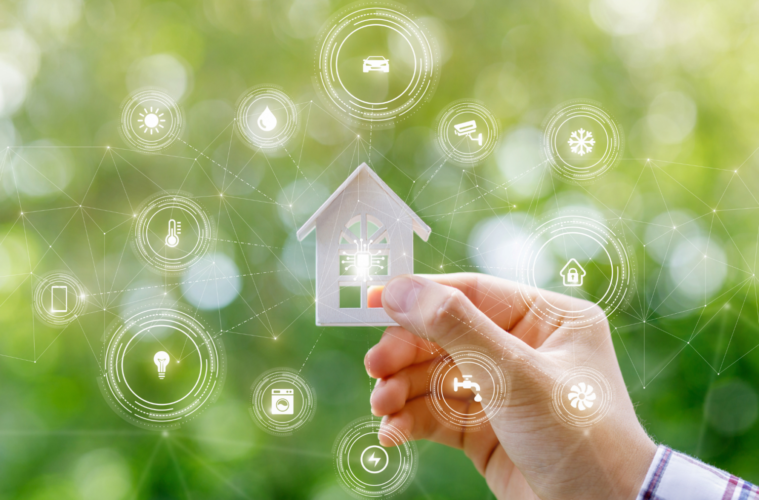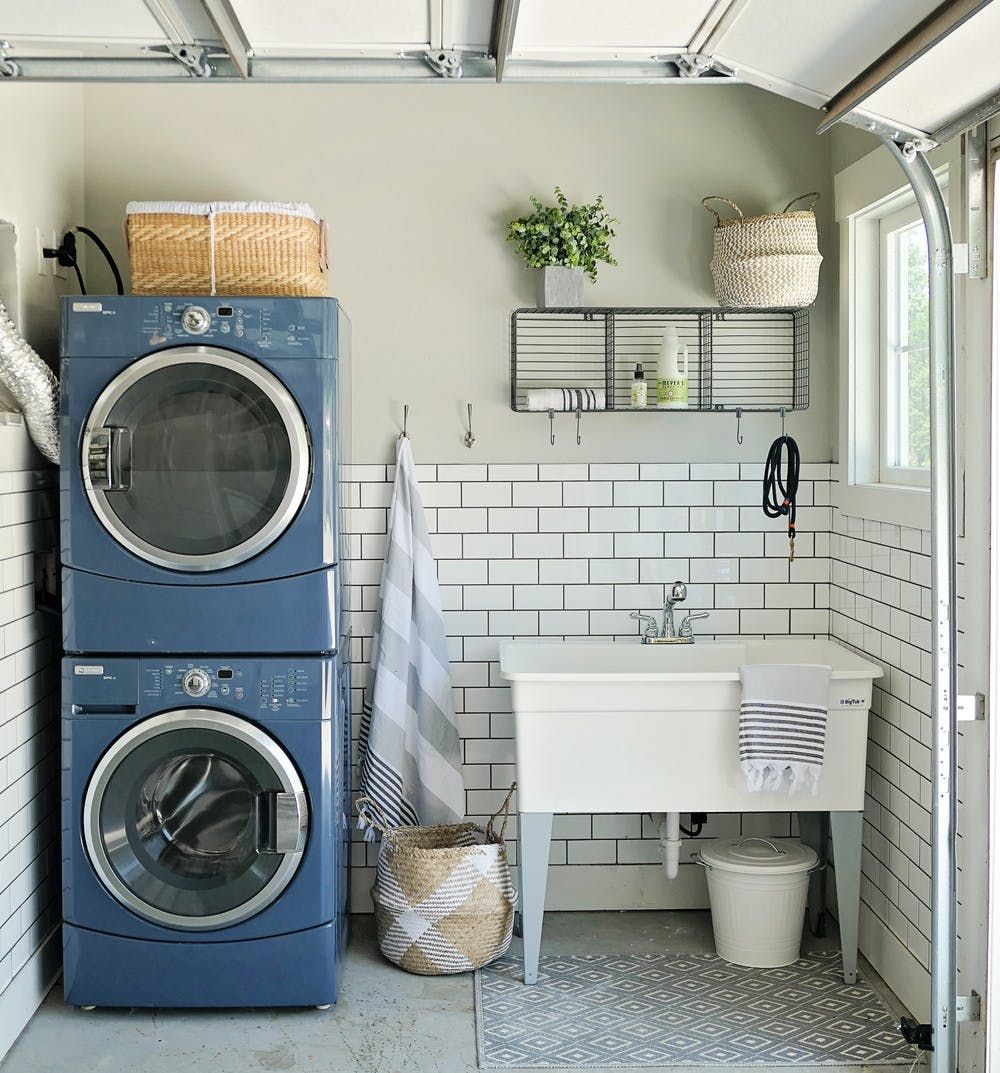Making sure that your home is energy efficient is highly important, and there are numerous steps you can follow as part of this to help achieve a more eco-friendly design. However, knowing how to tackle this exact challenge isn’t always easy, which is why today’s guide outlines eight surprisingly simple and easy-to-integrate home design tips to help improve energy efficiency in your property. Whether you’re building a new home or if you’re simply looking to cut bills in a pre-existing building, these could all be viable options to consider.
8 Home Design Tips That Can Help Improve Energy Efficiency in Your Property
Energy efficiency is a common challenge, especially if you live in an older home or a particularly cold environment. In line with this thought, considering the following eight tips can be a big help if you have been wondering about the most practical solutions to improve your home’s efficiency.
1 Check the Windows’ Glazing
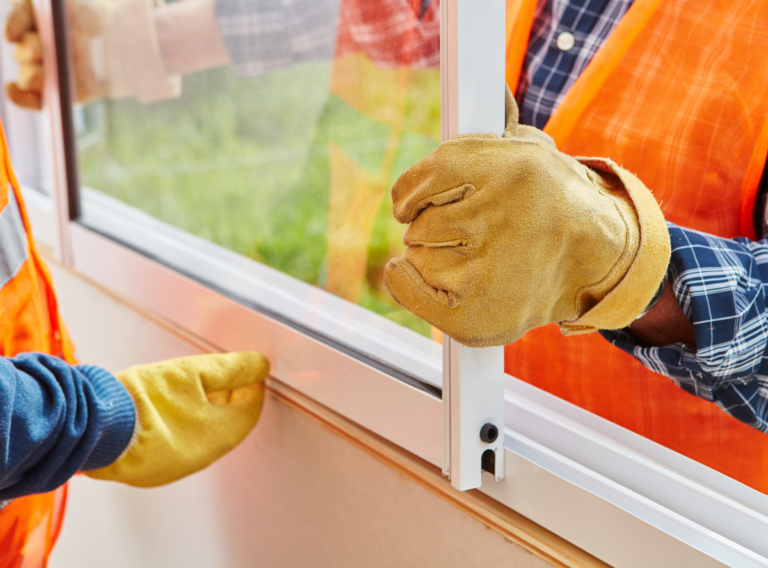
source: pinterest.com
One of the simplest ways to improve energy efficiency in your home is simple: make sure your windows are up-to-date with high-quality, energy-efficient glazing. In fact, estimates suggest that adding double glazing alone can reduce noise, block drafts, and help with insulation significantly. This can help keep more heat in your home, preventing energy loss accordingly.
2 Change Your Home’s Lighting
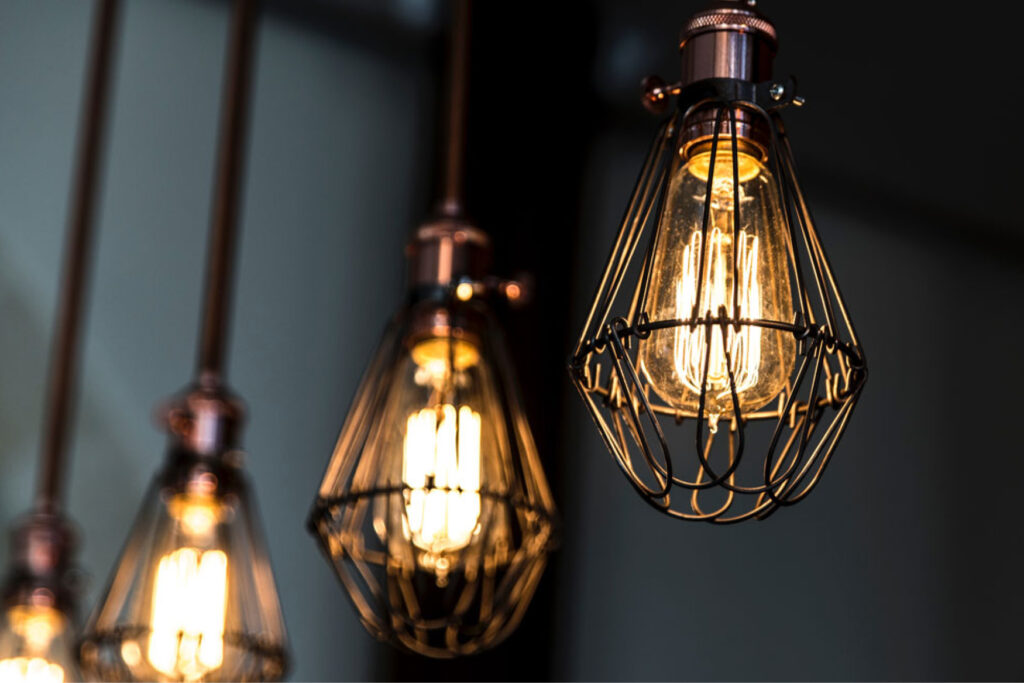
source: pinterest.com
It’s easy to overlook the amount of energy that your property’s lights use (especially if you have many lights on simultaneously). As a result, we strongly recommend changing your home’s lighting if you have been concerned about energy use and increasing energy efficiency within your house.
The difference this can make might seem minor at the outset, but it’s a lot more significant than many people realize. Indeed, a single LED light can potentially use 75% less energy than a traditional bulb, and over several lights, this can quickly add up to a relatively significant energy saving – potentially several hundred dollars per year, especially during the darker months when we’re more likely to have the lights on.
3 Make Sure You Have a Programmable Thermostat
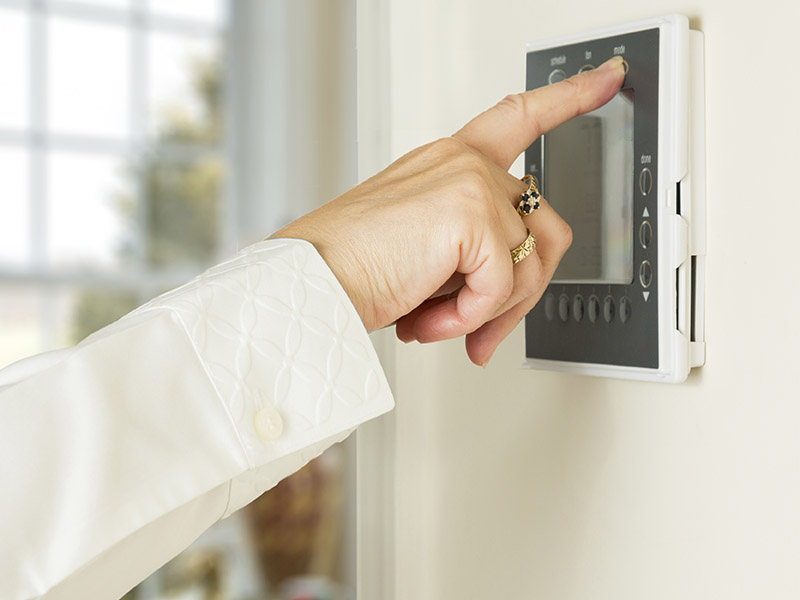
source: pinterest.com
None of us like feeling chilly – however, a difference of just a couple of degrees can save a vast amount of energy over the course of a year. As such, keeping a close eye on your property’s thermostat can allow you to reduce your energy consumption by a large amount, and having a programmable thermostat can allow much more control as a result.
This change shouldn’t make much of a difference to your comfort levels, either – and if you do notice you’re getting ever so slightly cold, why not just put on an extra blanket rather than turning the heating up?
4 Add Soft Furnishings to the Space
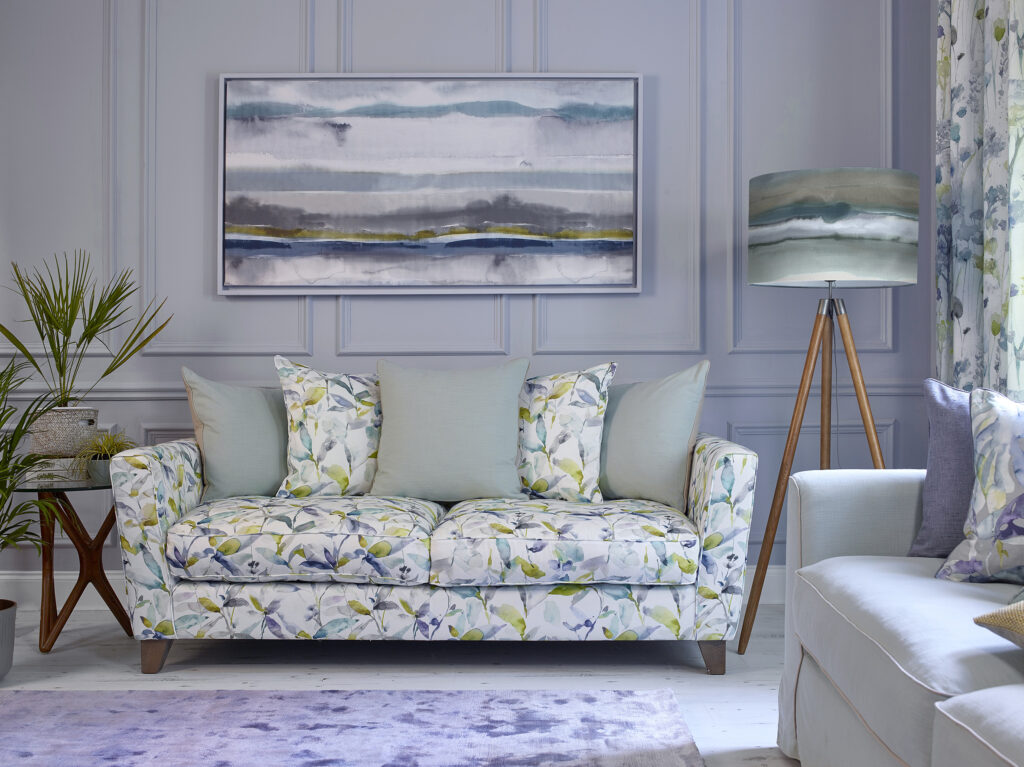
source: pinterest.com
If you’re looking to keep more heat in your home, adding soft furnishings to the space can be an excellent option. In many cases, these can help reduce heat loss by a surprising degree; if you invest in thermal-lined curtains and the like, you’ll probably notice an even more significant difference. As such, this is well worth considering as part of your decision to improve energy efficiency within the space.
5 Choose Spacious, Light Designs
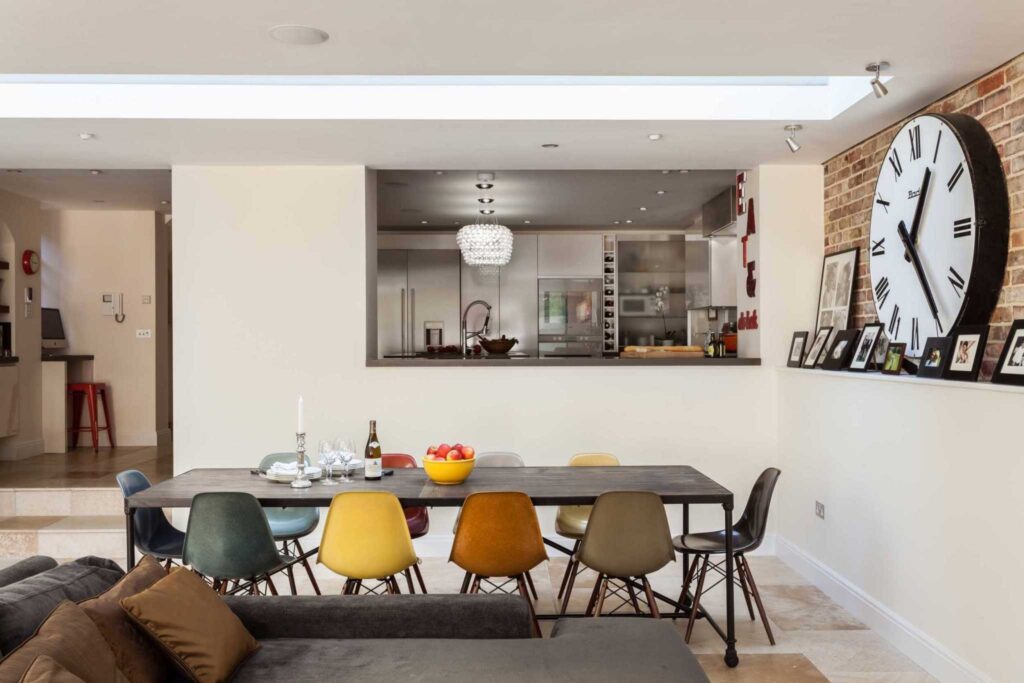
source: mydecorative.com
Often, when our homes have a dark design, we can be much more tempted to turn the lights on early. However, letting more natural light into your home can help reduce the amount of time your home has the lights on, and this can increase energy efficiency.
Of course, creating more light in the room is easiest when you’re designing and building a new property. However, there are also ways you can maximize the feeling of light and space within an existing building, even without changing the windows. Making sure that curtains and furnishings do not block light, for example, can make a lot of difference, as can choosing a lighter color scheme.
6 Upgrade Appliances
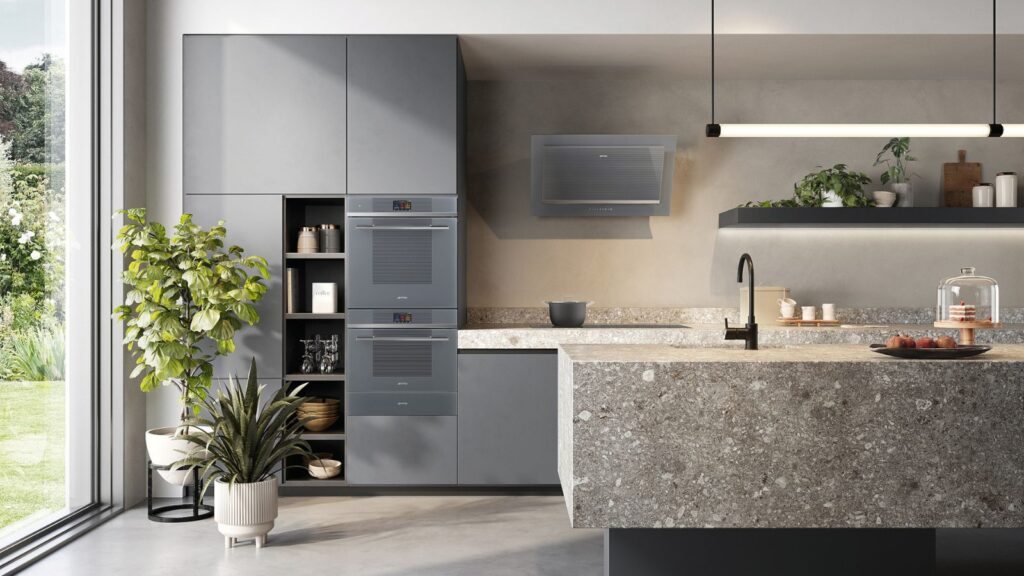
source: homesandgardens.com
When designing a home, you’ll often want to make plans for where appliances are going to go, and at the same point, investing in more energy-efficient solutions can help. These devices will cost more to purchase at the outset, but they can reap the rewards. Plus, many people want to see energy-efficient appliances in their properties when purchasing these days; this is an essential goal even for house designers and teams.
Fortunately, your local energy specialists should be able to help with this. As such, be sure to contact a professional team in the area, such as Cool Hand Electric, to get tailored, expert support that matches your needs.
7 Add New Insulation
Did you know that contemporary insulations can offer a wealth of excellent properties that make them affordable solutions for various applications? With designs that are made to offer the best support possible, these designs are unrivaled at keeping heat in the property (or out of, in the warmer months).
8 Insulate Individual Rooms
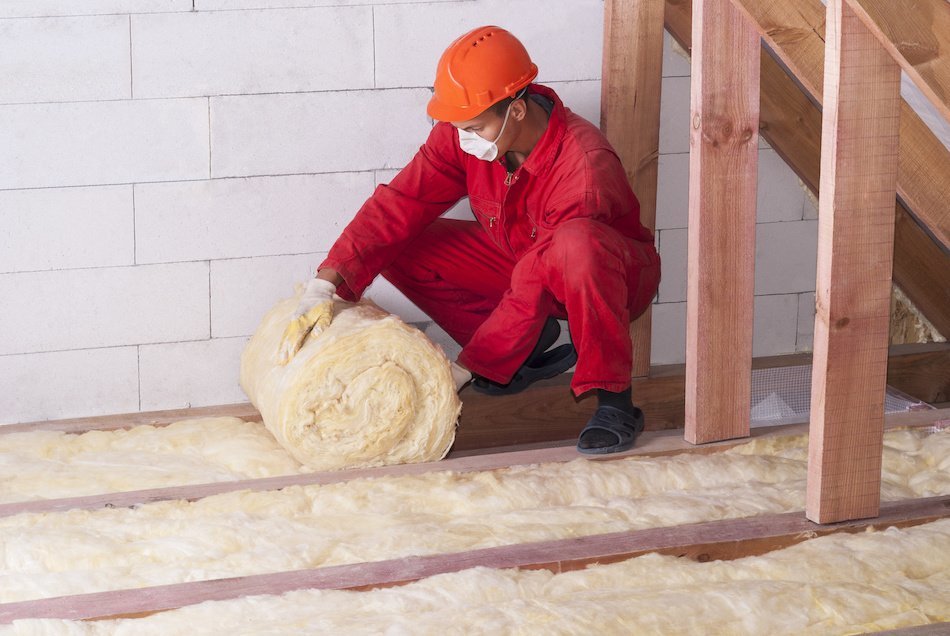
source: pinterest.com
It’s not enough just to insulate the property as a whole. Instead, try to focus on insulating individual rooms, as this can allow you to keep heat reliably within the individual rooms that are in use the most (without wasting as much energy heating or running rooms that are not in use). A prime example is a study, which may only be used several times a week while working from home.
Since this space may not need continuous heating, it could be more energy efficient just to heat other rooms. This can reduce a significant amount of energy use, making the home much more efficient as a result.
Final Thoughts
Energy bills are getting more and more costly, and as a result, it’s no surprise that many people are looking for new ways to improve their home’s efficiency. However, if this is something that you’ve been struggling with, many great options could help, and today’s eight home design tips are all worthwhile to keep in mind. From adding soft furnishings to checking the insulation in your windows and more, you’d be surprised how much difference an energy-efficient home can make to your bills.

